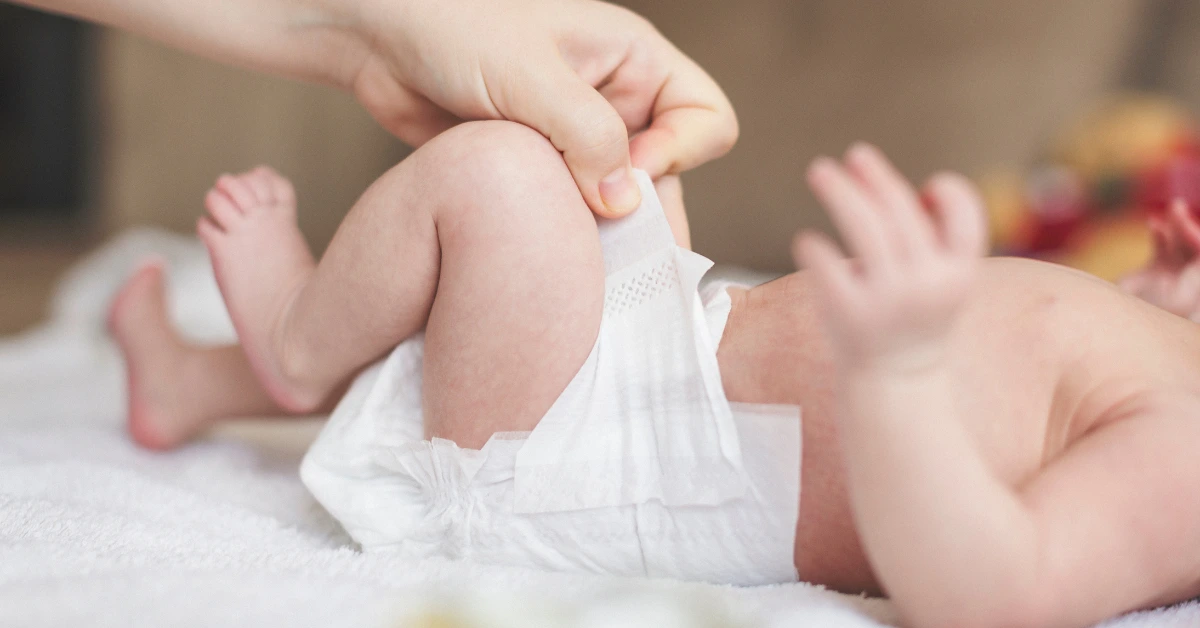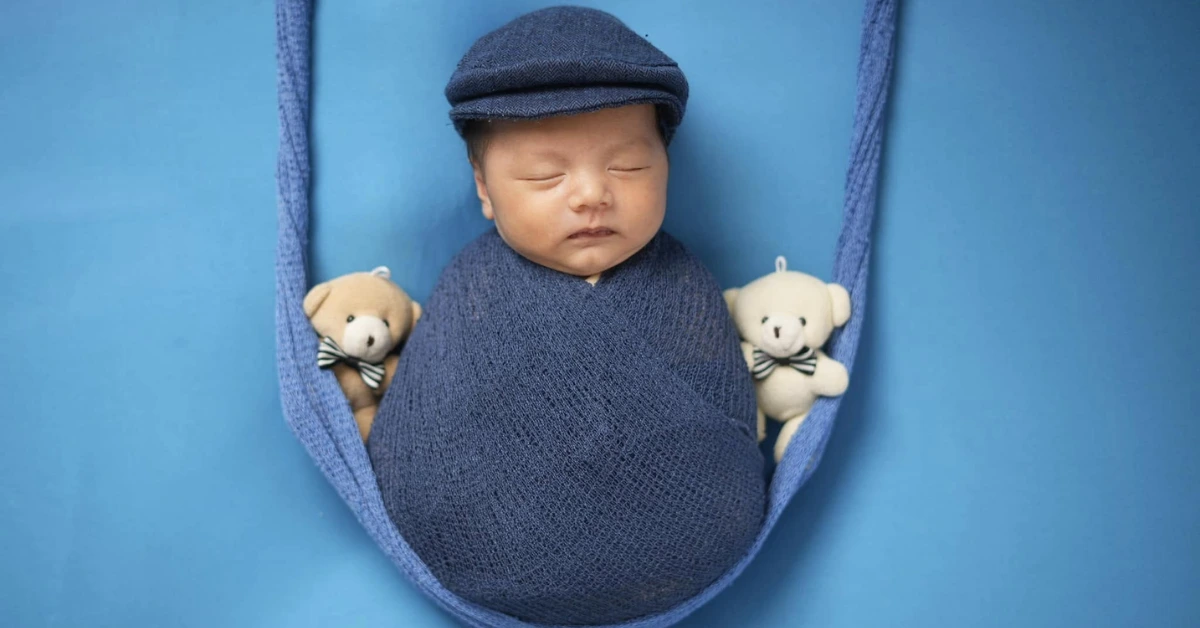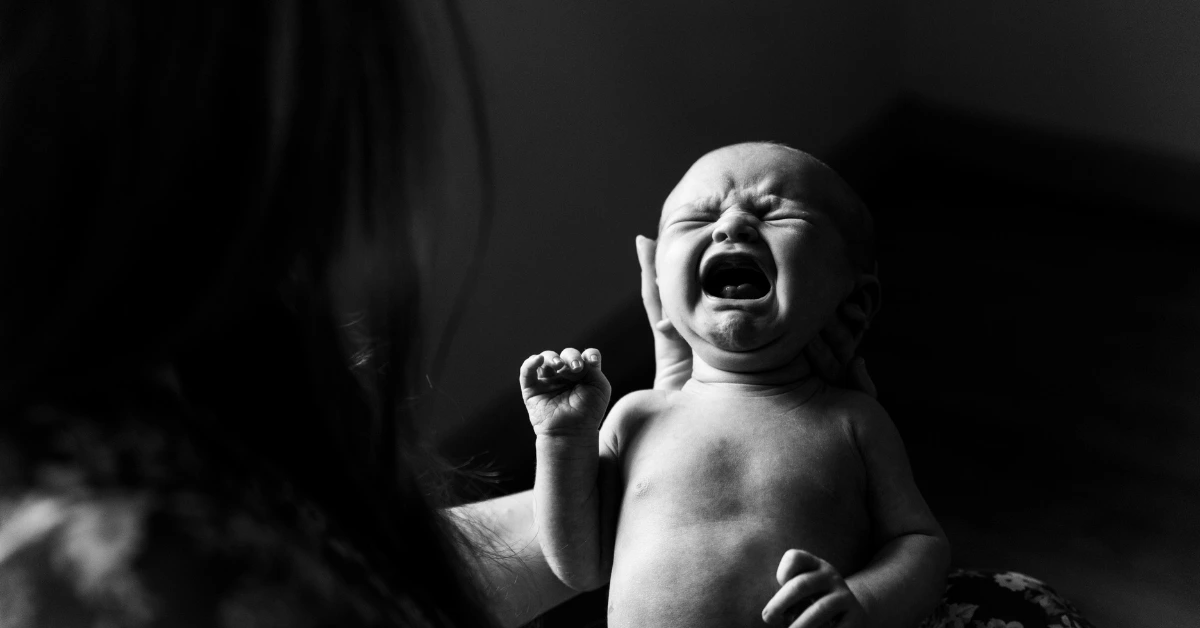How to Care for Newborn Umbilical Cord at Home

When you first bring your baby home, one of the things you quickly realize is how to care for newborn umbilical cord stumps. That tiny piece left on your baby’s belly button is what remains from birth. It might look strange or even a little scary, but it is completely normal. Over time, the stump will dry, shrink, and eventually fall off.
Most babies lose the cord somewhere between one and three weeks. Some cords fall off in just a few days, while others take longer. While you wait, this becomes part of your daily newborn routine. Along with feedings and diaper changes, you also get used to the small job of newborn belly button care. And since diapers and cords go hand in hand, you’ll probably also find yourself wondering about newborn poop colors and what’s normal or not.
How Long the Cord Usually Takes to Heal
Umbilical cords normally fall off between day five and the third week. As the days pass, you will notice the stump changing. At first, it looks moist and yellowish. Then it starts to dry, darken, and shrink. Eventually, it drops off completely. Sometimes it happens when you least expect it, during a diaper change or while dressing your baby.
If the cord is still there after four weeks or does not seem to be healing properly, it is worth checking in with your pediatrician. This is all part of belly button care newborn, but it should not take longer than a month without progress.
Keeping the Belly Button Area Clean
One of the biggest questions new moms ask is how to care for newborn umbilical cord properly. Doctors do not always agree on the exact method. Some recommend dry care, which means you simply keep the area clean and let it heal on its own. Others still suggest alcohol care, which means cleaning the stump with a small amount of alcohol until it falls off.
For all three of my children, my pediatrician recommended alcohol care. After each bath, I would spray a little alcohol on the stump and gently clean around the base with a cotton bud. It became part of our normal bath and bedtime routine.
Whichever method your doctor recommends, the goal is always the same. Keep the area clean, keep it dry, prevent diapers from rubbing on it, and check it every day.
Step by Step Umbilical Cord and Belly Button Care
1. Follow your pediatrician’s advice
- If alcohol care is suggested, apply a small amount of alcohol and gently wipe around the stump.
- If dry care is recommended, keep the area clean and let it air dry.
2. Include Cord Care in Bath Time
- For alcohol care, clean the stump right after the bath while your baby is still calm and relaxed.
- For dry care, only wipe the area with a damp cotton ball if it looks dirty, then dry it gently.
3. Keep the Area Dry Between Cleanings
Try to keep the stump dry throughout the day. Avoid letting it soak in water, and if it does get wet, gently pat it dry with a soft cloth. The more air that reaches it, the quicker it will heal.
4. Prevent Diaper Rubbing
Many newborn diapers have a small cutout at the front to keep the cord exposed. If your diaper does not have this feature, fold the top of the diaper down to avoid friction.
5. Check the Area Daily
Take a quick look at the cord each day to make sure it’s healing as expected. Watch for redness, swelling, unusual discharge, or an unpleasant smell. If you notice any of these, call your pediatrician.
Alcohol or No Alcohol: Why the Advice Differs
Some newer guidelines lean toward dry cord care because alcohol can slow healing in certain babies. In other cases, alcohol is recommended to help prevent infection, especially in warmer climates or if the risk is higher.
What works best often depends on your pediatrician’s advice and your baby’s environment.
When to Call the Pediatrician
- Redness spreading from the belly button
- Yellow or green discharge
- Strong odor
- Bleeding that does not stop after a few drops
- Fever or unusual fussiness when you touch the area
This is where proper newborn belly button care also means trusting your gut. If you’re unsure whether the fussiness is related to the cord, you might like What to Do When Your Baby Won’t Stop Crying.
Bath Time While the Cord Is Still Attached
Until the cord falls off and the skin is healed, avoid soaking it for too long. In the Philippines, some parents give quick daily baths in a small tub, while others prefer to wipe their baby down with a warm, damp washcloth.
If your doctor recommends alcohol care, cleaning the stump becomes part of that bath routine.
Bath Options You Can Try
- A quick tub bath with shallow water can work well. Just keep the cord from staying underwater and dry it right after.
- A warm washcloth bath works too. Give your baby a gentle wipe, making sure to get into all those little folds and creases, and then dry them completely.
When the Cord Finally Comes Off
That Little Pink Bump
After the cord is gone, you might notice a small pink bump in the belly button. Most of the time it is nothing to worry about, but it is still worth having your pediatrician take a look.
A Little Blood Is Normal
You may also see a few drops of blood when the stump comes off. This is common and should stop quickly without soaking through clothing. If the bleeding continues, call your pediatrician.
Extra Tips From One Mom to Another
- Dress your baby in loose clothing so the stump gets more air.
- Avoid putting lotions, oils, or powders on the cord area.
- Remember that every baby heals at their own pace. Some cords fall off quickly, others take longer.
Wrapping It Up
Learning how to care for newborn umbilical cord might feel stressful at first, but it becomes second nature in no time. The basics are simple: keep it clean, keep it dry, and know when to call your pediatrician.
Before long, the stump will be gone, the belly button will be healed, and you will be on to the next stage of baby care. Like so many newborn jobs, it feels big in the moment but passes faster than you think.


